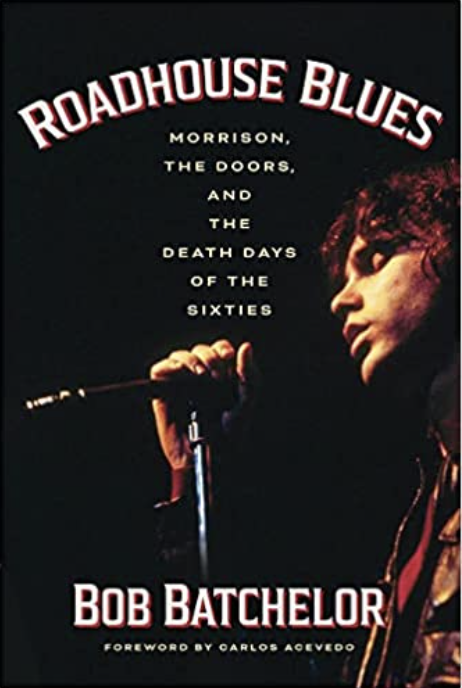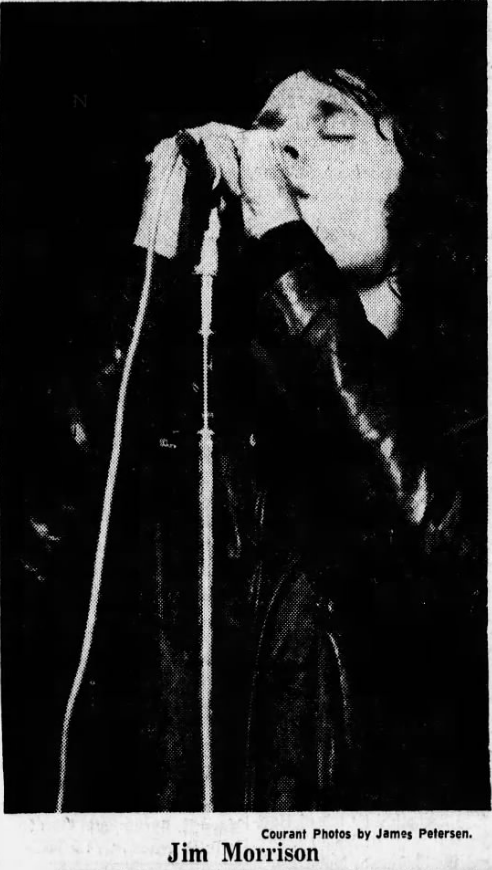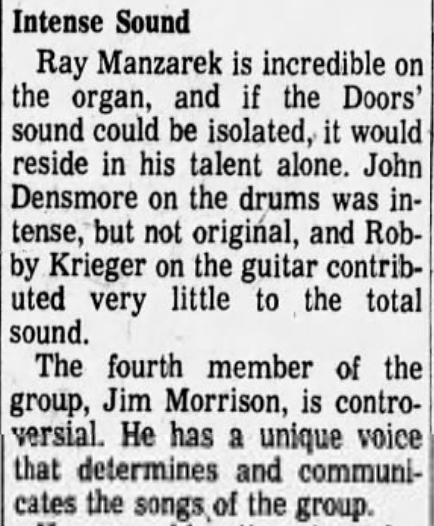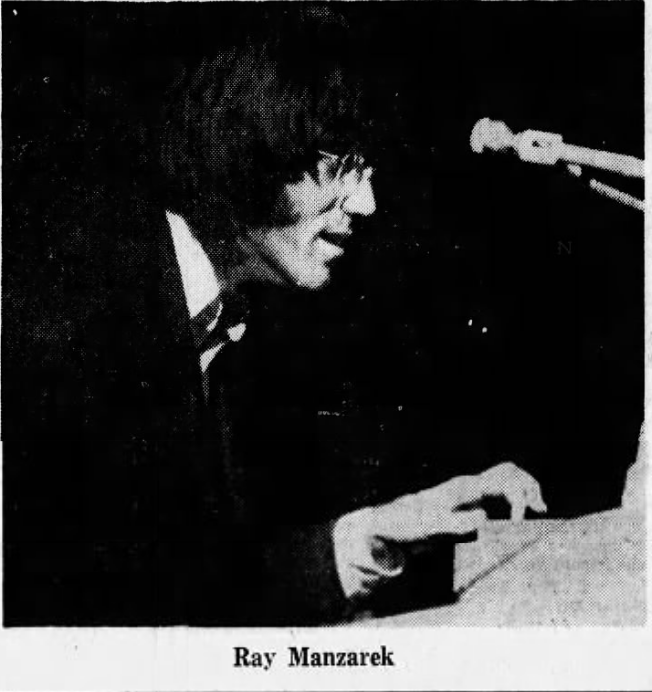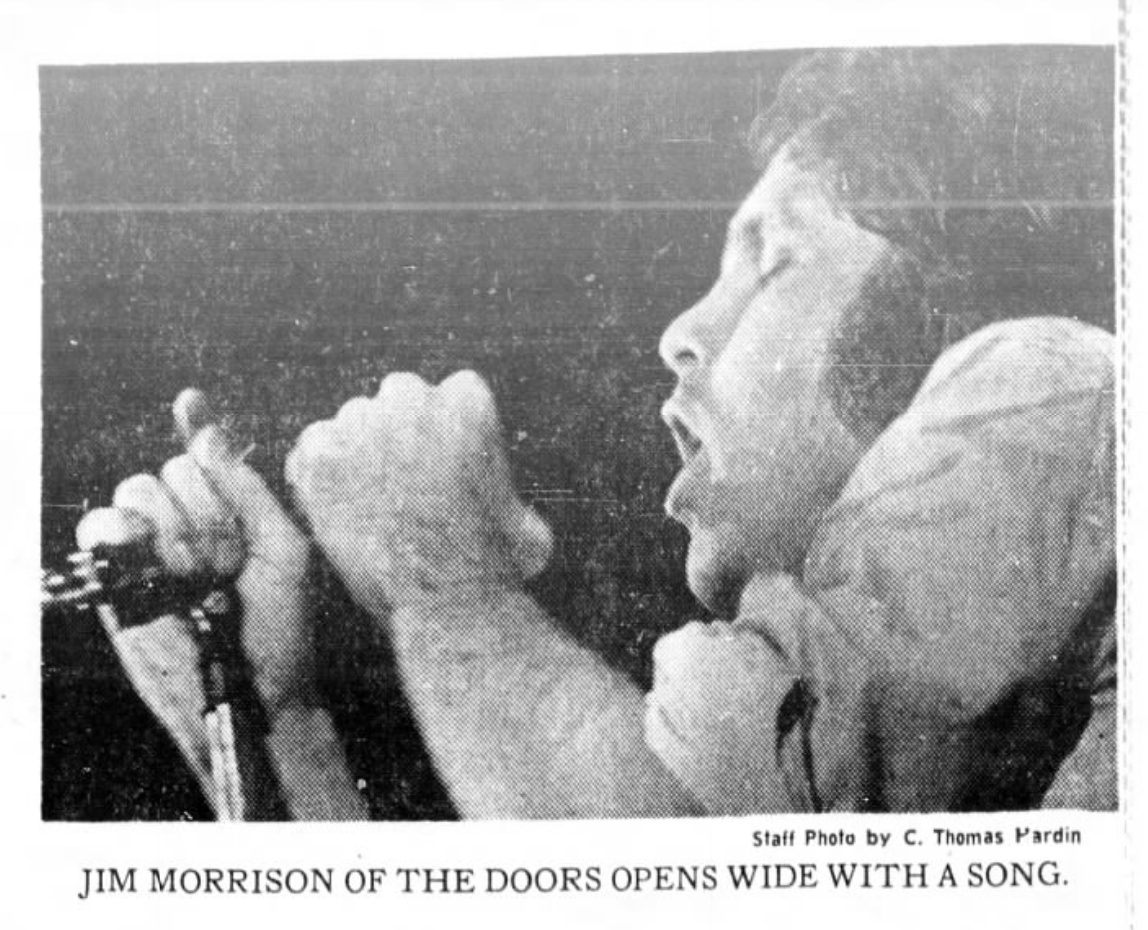Reviews of ROADHOUSE BLUES
Roadhouse Blues: Morrison, the Doors, and the Death Days of the Sixties won the 2023 IPA Book Award in Music and has been lauded by critics, readers, and Doors aficionados across the globe.
2023 Independent Press Award for Roadhouse Blues
REVIEWS
“Fascinating, informative, extraordinary, and essential reading for the legions of Jim Morrison fans.” – Midwest Book Review
“Bob Batchelor writes with great eloquence and insight about the Doors, the greatest hard-rock band we have ever had, and through this book, we plunge deeply into the mystery that surrounds Jim Morrison. It is Batchelor’s warmth and compassion that ignites Roadhouse Blues and helps explain Morrison’s own miraculous dark fire.” – Jerome Charyn, PEN/Faulkner Award finalist
Splash page for Roadhouse Blues, designed by the eminent Brad Norr
“The most important book for Doors fandom since No One Here Gets Out Alive—and incomparably better! Grouped with Ray, Robby, and John’s books, this is the fourth gospel for fans of The Doors.” – Bradley Netherton, The Doors World Series of Trivia Champion and host of the “Opening The Doors” podcast
“Batchelor writes well and his narrative flows smoothly. His work is an insightful look at the Doors as creative artists and a compelling portrait of Morrison.” – Thomas Hauser, Pulitzer Prize and National Book Award nominee
“Smart, engaging…Batchelor has a technique and perspective that runs through his work: paint a vivid description of what happened, but then, more than a mere journalist or biographer, delve into how it happened and then why it happened. The what is documentarian; the how, and especially the why, require the kind of analysis with imagination that Roadhouse Blues provides.” – Jesse Kavadlo, PopMatters
Roadhouse Blues, published by Hamilcar Publications





